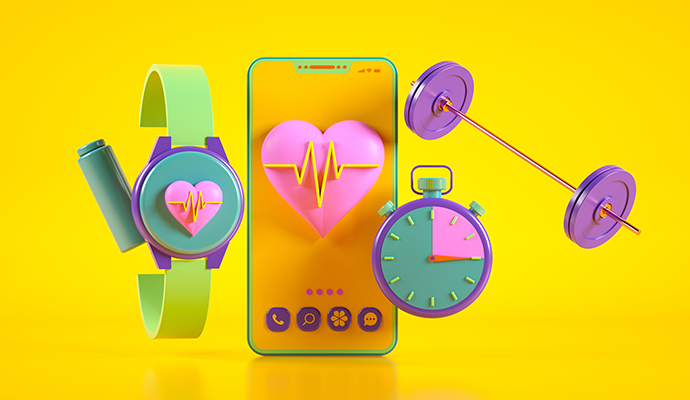How Remote Patient Monitoring Is Changing Chronic Disease Management
Remote patient monitoring tools can also impact chronic disease prevention, but such tools are still in development.

Source: Getty Images
- Remote patient monitoring tools can improve chronic disease management and patient records, but healthcare stakeholders also must grapple with the accessibility and reimbursement challenges that these tools present.
Listen to the full podcast to hear more details. And don’t forget to subscribe on iTunes, Spotify, or Google Podcasts.
The coronavirus pandemic drove remote patient monitoring uptake to an astonishing degree out of necessity, but perhaps more surprising is the continuation of this trend as the coronavirus pandemic’s influence wanes. A recent study showed that from January 2019 to November 2022, remote patient monitoring claim volume jumped 1300 percent.
One of the major drivers behind remote patient monitoring trends is chronic disease management, Anuja Vaidya, senior editor of mHealthIntelligence and special events lead at Xtelligent Healthcare Media, shared on Healthcare Strategies.
“There is a lot of excitement around RPM and…chronic disease management is sort of the focal point for that excitement,” Vaidya said. “There are just so many ways in which RPM can improve chronic disease management. So, for instance, it can help providers track patient health metrics in between doctor visits.”
According to Hayden Schmidt, assistant researcher at Xtelligent Healthcare Media, an Insights report showed that the most popular remote patient monitoring tools included pulse oximeters, blood pressure monitors, weight scales, and heart health devices.
These trends, combined with providers’ insights, demonstrated how stakeholders leaned on remote patient monitoring tools to track patients’ progress in common, high cost chronic diseases.
Another major driver behind remote patient monitoring uptake is that providers need to improve how they record patient data.
“The second reason that people were adopting RPM tools was to maintain a better overall record of their patient's health,” Schmidt said. “These tools record tons of information and they can help a provider form a clearer picture of where a patient stands and how they're doing with some of their chronic diseases.”
While Vaidya and Schmidt acknowledged significant barriers in reimbursement and accessibility, they voiced optimism about the future of remote patient monitoring. In particular, Vaidya emphasized that pushing these tools to start monitoring chronic disease prevention efforts could revolutionize aging-in-place strategies and patient experience in other challenging populations.
